King Crab – Alaskan Cold-Water Giants
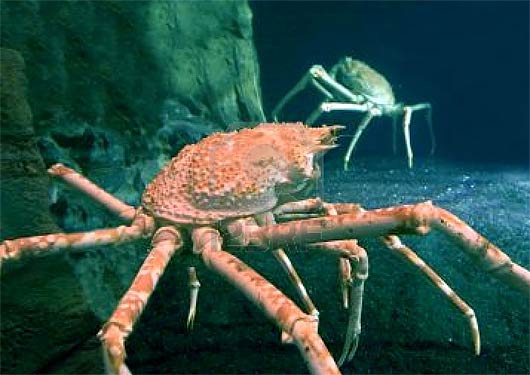
There are about 120 species of king crab but three types especially of Alaskan king crab that are important to the Alaskan fishing industry. They are the red, the blue and the golden king crab. The most desirable of the three for commercial fishing purposes, is the red king crab. Red king crabs have sweet, tasty meat, due to their size and cold water environment.
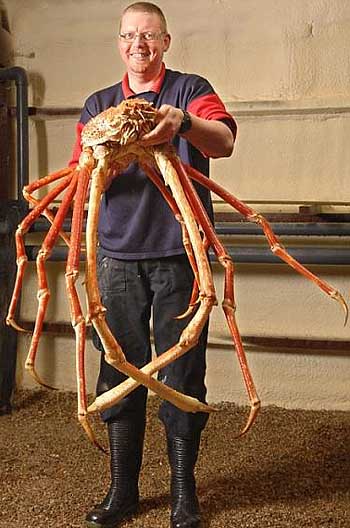
Red, Blue and Golden Crab Characteristics
The red king crab can become very large, with a carapace measuring up to 11 inches (28cm) in width. Their leg span is very long, at 6 feet (1.8m). They naturally live in the Bering Sea, between St. Lawrence Island and the Aleutian Islands.
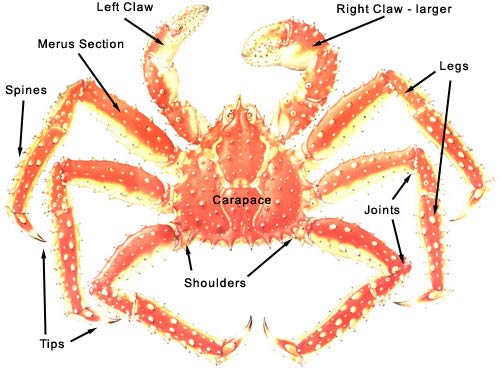
They have been introduced into the European arctic, but have become classed as an invasive species there. The main reason they were introduced elsewhere, was to stabilize their population. Habitat change and over-fishing are thought to have caused the decline in numbers.
Evidence of this is found in the fishing statistics since 1980, which was the peak time of the crab-fishing industry. In 1980, 200 million pounds (91 million kg) of crab meat was produced from Alaskan fisheries. In 1983, only a tenth of that amount was produced.
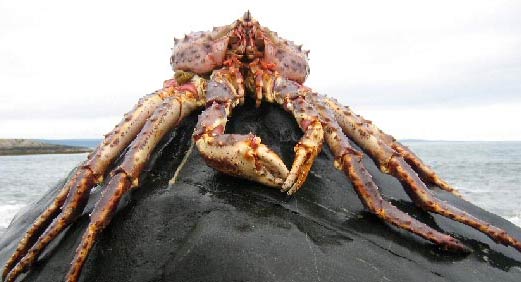
Blue king crabs are the largest of the three that are caught commercially in Alaska. They can grow big enough to weigh 18 lb (8kg). Their range includes St. Matthew Island, the Diomede Islands and the Pribilof Islands.
The golden king crab is caught off the coast of Alaska, in the Aleutian Chain. It is much smaller than the blue and red crabs and is slightly sweeter. The meat from the golden crabs is not as expensive, due to the size and appearance of the crab.
Dangerous Catch
The Alaskan king crab is the “star” of the Discovery TV series Deadliest Catch. The documentary series follows the lives of crab fisherman and reveals how incredibly dangerous their jobs are. Due to the very limited season for catching crabs, the stormy weather and rough seas, accidents often happen.
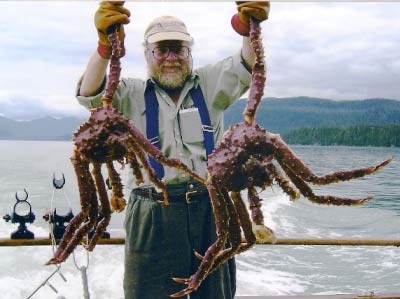
Equipment failure, human error and extreme conditions all contribute to a death toll of at least one fisherman per week, during crab season. Even the crabs themselves pose a significant hazard, even though fishermen use thick gloves and protective gear on board.
